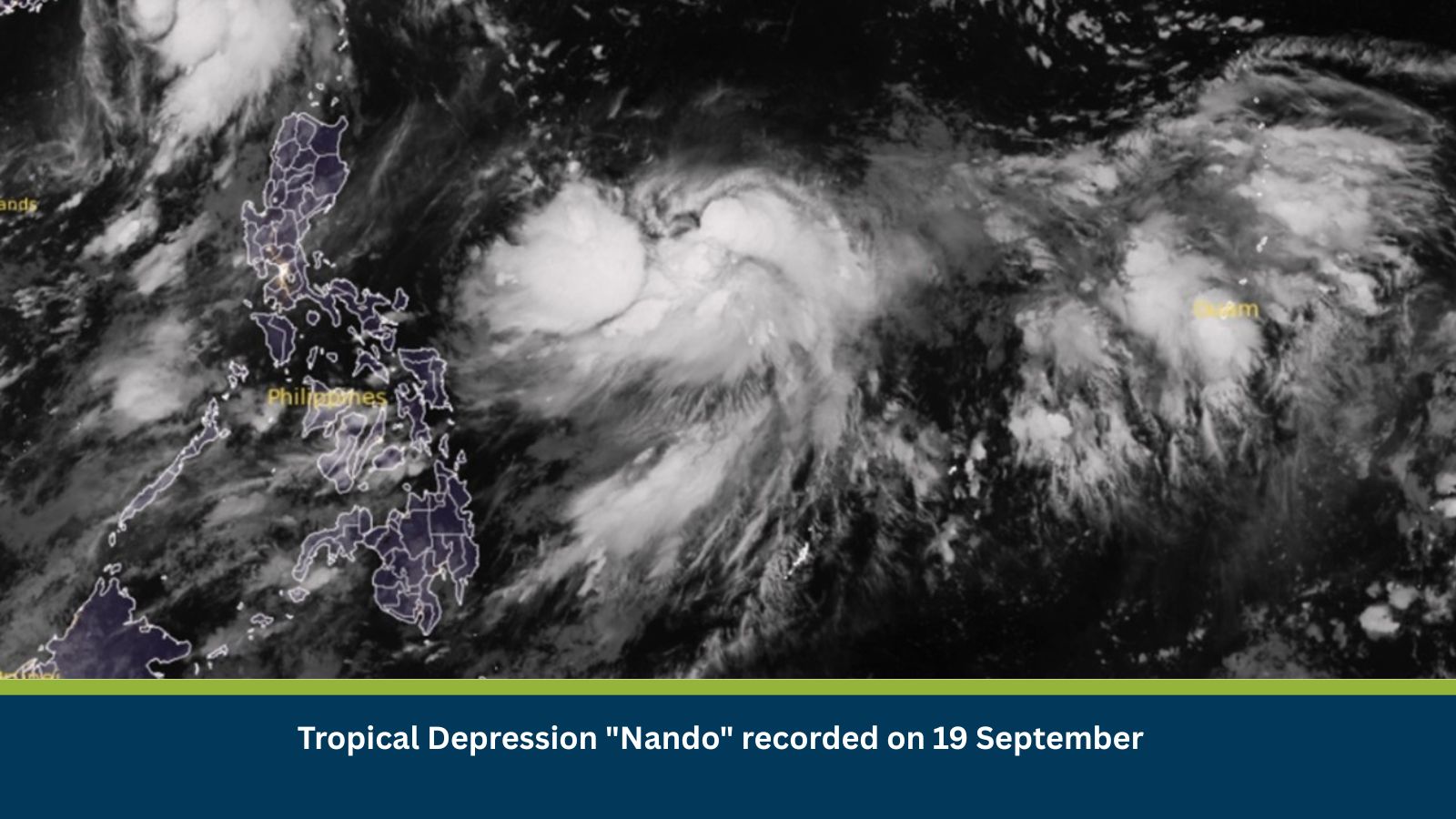What is Risk Analysis in the Context of Natural Disasters
This report assesses the risks of a natural disaster. The analysis helps organizations prepare for potential operational challenges related to infrastructure resilience and supply chain stability. It is a critical tool for ensuring employee safety and operational resilience. Based on past incidents, such events can cause widespread disruption, destruction of property, and loss of life.
Executive Summary
- Date of Incident: 19/09/2025
- Location: Isabela, Cagayan, Aurora, Batanes, Ilocos Norte, Quezon, Nueva Ecija, Bulacan, Philippines
- Risk Category: Natural Disasters
- Severity Score: 2/5
- Confidence Level: 90%
Tropical Depression “Nando”, as of September 19th, presents a moderate but localized risk to the Philippine Area of Responsibility (PAR). The primary risk lies in its potential to enhance the Southwest Monsoon, leading to heavy rainfall, flash floods, and landslides. The severity is assessed as moderate, primarily due to flood and rain-induced hazards, with a high confidence given the consistent behavior of such systems within the PAR.
Known Hotspots and Sensitive Areas
- High Impact Zones: Low-lying and mountainous areas of Luzon and parts of Visayas.
- Sensitive Areas: Low-lying coastal communities, river basins, and mountainous regions prone to landslides, including Batanes, Cagayan, Ilocos Norte, and portions of Isabela and Ilocos Sur.
Impact on Transportation and Services
Localized road closures, domestic flight delays/cancellations, and ferry service interruptions are likely, particularly affecting inter-island travel. Localized disruptions to business operations, including work/school suspensions and reduced workforce attendance, are also probable. The storm also poses a risk of localized power outages and minor damage to roads, bridges, and drainage systems.
Recommended Actions
- Activate Employee Check-in Systems: HR and Operations must activate a mandatory employee check-in system and implement remote work or flexible scheduling for non-essential staff.
- Secure Physical Assets: Secure all physical assets by elevating critical equipment, reinforcing vulnerable infrastructure, and testing backup power systems.
- Manage Logistics: Logistics and Procurement teams should immediately reroute incoming and outgoing shipments via alternate transport modes or facilities in unaffected regions. Proactively communicate potential delays and revised delivery schedules.
- Develop a Communication Plan: The IT Department must perform immediate full data backups to off-site or cloud storage. Simultaneously, establish a clear internal communication tree for real-time updates and prepare templated external communications for clients and partners.
Emergency Contacts
- Police: 117
- Fire Department: 911
- Ambulance: 911
- National Emergency: 911
Final Thoughts
The baseline scenario anticipates Tropical Depression Nando maintaining its current intensity or dissipating, primarily enhancing the Southwest Monsoon and bringing moderate to heavy rainfall to localized areas. A moderate escalation could see it intensify into a Tropical Storm, leading to more widespread and prolonged heavy rainfall. A severe escalation is a low-probability event that would involve the rapid intensification of the storm into a Severe Tropical Storm or Typhoon. Businesses should prepare for the baseline scenario while being mindful of the potential for escalation.Stay ahead of operational risks with real-time alerts, scenario modeling, and expert advisories with datasurfr’s Predict. Start your 14-day free trial of Datasurfr’s Risk Intelligence Platform today.






